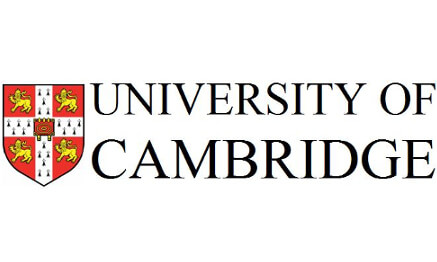Battlefield Tours 2020

The tour begins with a drive down the Tagus Valley to Toledo before taking in the battle at Talavera; then to the crossing at Almaraz before heading towards the Portuguese border. Here we take in the bloodiest battle of the Peninsular War at Albuera and the equally brutal siege at Badajoz. Then to the fortified town of Elvas, Portugal, a UNESCO world heritage site steeped in history, before heading north again via the atmospheric Roman bridge at Alcántara and onto the 14th Century Parador at Ciudad Rodrigo. Back across to Portugal and the perfectly preserved fortified town of Almeida where we examine the action across the River Coa. It was here that 'Black' Bob Craufurd so nearly lost the elite Light Division. The major battle on the border at Fuentes de Oñoro is visited in detail, along with a trip to Wellington’s headquarters at Freineda. Finally, we travel to Salamanca, a beautiful and culturally rich city with the best preserved Peninsular War battlefield. You will stay at great hotels and have every opportunity to witness and enjoy Spanish hospitality and culture in these varied regions of central and western Spain.
CLICK ON THE ‘TOUR TITLE’ TO BE TAKEN TO THE TOUR COMPANY WEBSITE AND THE FULL ITINERARY.
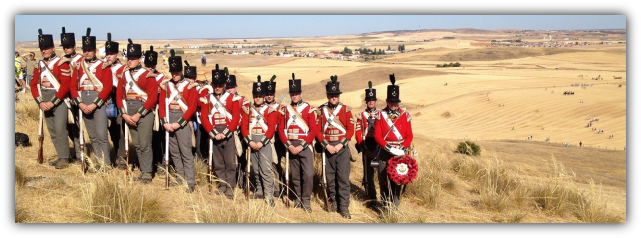

9 - 16 September 2020: Wellington in Spain ~ The Classic Peninsular War Tour

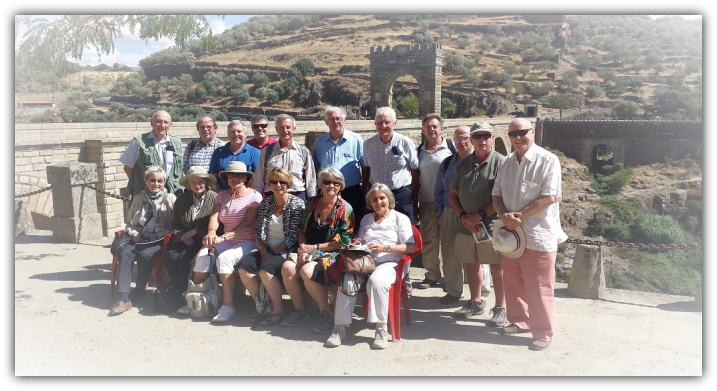
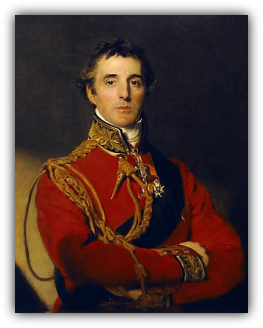

Wellington considered his hardest fought battle was Assaye in India but it was his dramatic victories achieved during the War in the Iberian Peninsula and southern France that built his international reputation as arguably Britain’s greatest ever general. At Vimeiro in 1808 he demonstrated his skill in defence by combining his fighting components, his use of dead ground and his clever manoeuvre to meet and repulse multiple French assaults. At Buçaco in 1810 he took a strong defensive position and improved its lateral communication to allow timely and rapid movement to meet and repel two concerted attacks by Ney and Reynier. He showed that he was not averse to taking risks at Fuentes de Oñoro in 1811, by fighting with his back to a deeply ravined river and offering an open flank. At Salamanca in 1812 the Duke seized the initiative driving his ‘Fighting’ Third Division forward and defeating “an army of 40,000 men in 40 minutes”. It dispelled the notion that he was a purely defensive general and solicited recognition from one of the French commanders that the victory raised his reputation almost to the level of Marlborough. The following year the Vitoria Campaign culminated in the complete rout of the French in Northern Spain and opened the possibility of the hitherto unthinkable invasion of France. Crossing the Pyrenees was no easy task and he himself considered that the Battles on the River Nivelle were his “best work”. This tour will look at all these great battles and much more.
13 - 20 May 2020
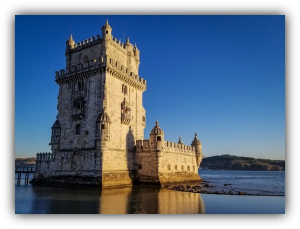

5 - 12 June 2020
The French invaded Portugal three times between 1807 and 1811. Each time the nation’s saviour was Arthur Wellesley the future Duke of Wellington. The first invasion in 1807 by General Junot, ended following Wellesley’s victory at Vimeiro in August 1808. The second invasion by Marshal Soult in 1809 ended abruptly following Wellesley’s extraordinarily audacious operation to recapture the city of Porto in broad daylight, forcing Soult’s force into a harrowing retreat over the mountains in north Portugal. In 1810 the third invasion by Marshal Masséna came to an equally dramatic end in front of the Lines of Torres Vedras necessitating, the following year, Marshal Ney to conduct a series of rearguard actions for the French to escape only to be defeated on the Portuguese-Spanish border at Fuentes de Oñoro in 1811.
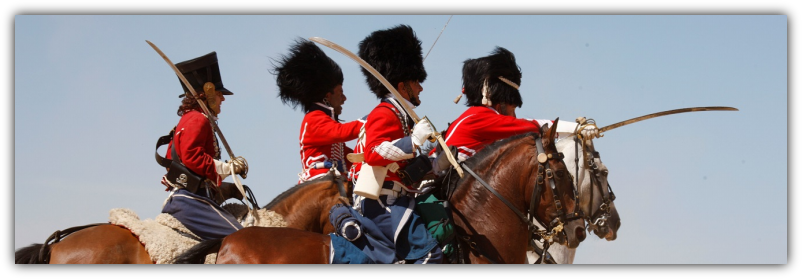

If 1643 was a missed opportunity for the Royalists, 1644 was squandered in spectacular fashion by the Parliamentarians and Scottish Covenanters who had combined forces at the start of the year to defeat the King. Internecine struggles beset the English Parliamentarian higher command and distrust fuelled the uneasy alliance with the Covenanters. The north was won at Marston Moor but the allies failed to capitalise on this pivotal victory. Failures at Cropredy Bridge, Lostwithiel, Cheriton and at the second battle of Newbury left Parliament in a quandary and gave the Royalists renewed hope. Alas the failures spurred Parliament into action. The self-denying ordinance and the establishment of a New Model Army were about to change the war and the fortunes of Parliament in a remarkably short time. Within months the decisive battle was fought at Naseby after which the demise of the Royalists was only a matter of time. The rest of 1645 and 1646 was a series of sieges to capture or coerce Royalist strongholds of the futility of further bloodshed. No city encapsulated that more appositely than the King’s capital Oxford which endured three sieges before capitulation bringing an end to the first English Civil War.
Following the regicide of Charles I, his son would reignite the struggle in England with the help of the Scottish Engagers, this time on the side of the Royalists, but would be decisively defeated at Worcester in 1651.
Following the regicide of Charles I, his son would reignite the struggle in England with the help of the Scottish Engagers, this time on the side of the Royalists, but would be decisively defeated at Worcester in 1651.

29 June - 4 July 2020
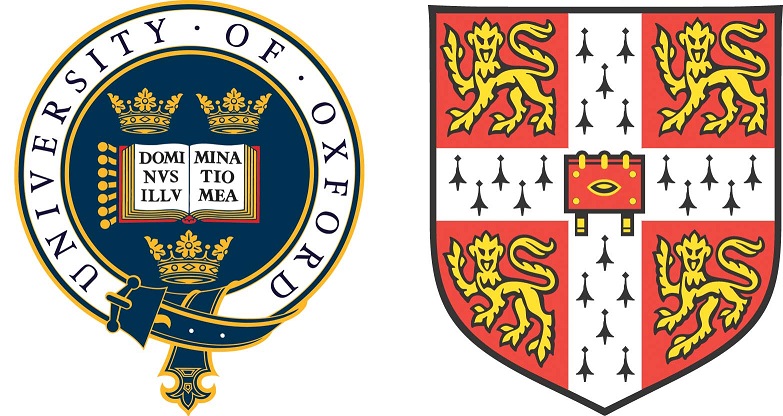
Alumni Tours with the Universities of Oxford and Cambridge
This tour takes us through some spectacular scenery to the heart of Portugal. We stay in a palace which was commandeered by Marshal Ney and where the Duke of Wellington then spent the night and enjoyed the dinner prepared by Ney’s chefs. We visit the centre of the Port wine district in Oporto and sample their wares. We spend some time in historic Lisbon and visit the beautiful Belem Tower at the mouth of the Tagus estuary. But most importantly, we walk in the footsteps of the Duke of Wellington and some of Napoleon’s greatest generals, in areas where the landscape has changed little and the stories of war, hardship, friendship and love really do come alive in your imagination.

15 - 22 June 2020
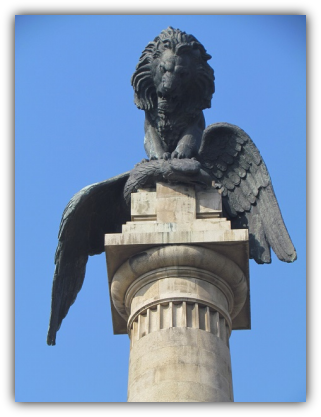
CLICK ON THE UNIVERSITY LOGO TO BE TAKEN TO THE RESPECTIVE ALUMNI WEB PAGES

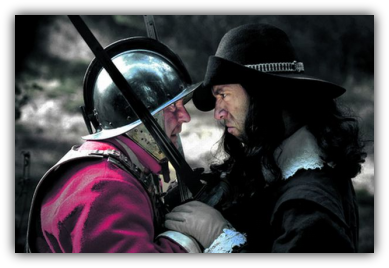
Churchill, in his History of the English Speaking Peoples, wrote of the English Civil War that ‘underlying the apparently clear cut constitutional issue was a religious and class conflict’. Suggesting that one of the main drivers was based on class and material considerations is both misleading and unhelpful; yet this vision of the wars as David rising up against Goliath pervades. It was simply not the case. In the English Civil War brother fought against brother, and father against son, and nothing has imprinted itself so deeply on the nation’s memory as the national civil struggle of the mid seventeenth-century.
This tour by Nick Lipscombe and Jeremy Black will look at the first English Civil War that raged from 1642 to 1646. We will start at Edgehill the first major encounter of the war and finish at the decisive clash of arms at Naseby, where Parliament’s New Model Army changed the face of the conflict and seemingly put the outcome beyond doubt. In between, we will visit the sites of other great battles, Lansdown, Roundway Down, Cheriton and Newbury. We will also reflect on sieges, which were an integral part of the struggle. We will visit Worcester, Basing House, Broughton castle and the city of Oxford, where Charles I established his capital. Finally, we will visit Chipping Campden and consider the struggle from the point of view of a small Cotswold village.
22 - 28 September 2020
CLICK ON THE UNIVERSITY LOGO TO BE TAKEN TO THE RESPECTIVE ALUMNI WEB PAGES












